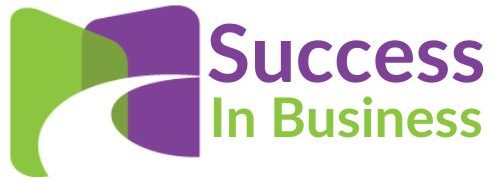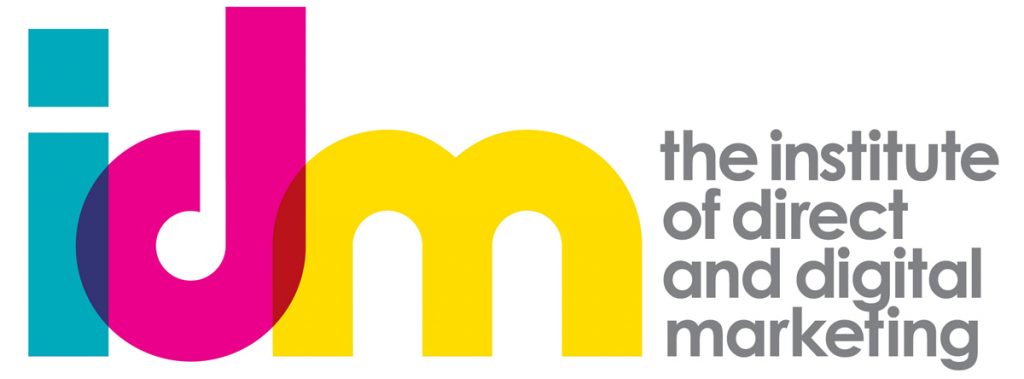What is the difference between a Lead and a Sales Opportunity?
I am often asked why CRM’s have both a Lead and a Sales Opportunity record. To understand the answer you need to know how and why they differ and what each is trying to do. At its simplest:
- A lead is a prospect who doesn’t know what they want,when they want it and how much they are willing to pay.
- A Sales Opportunity is a prospect who knows what they want, when they want it, and how much they want to spend.
These are different stages in a sales journey. Because a lead is at an early stage they may not turn into a real opportunity for years. But when they become one things move a lot quicker. Typically they are either closed or lost within three months. As a result the way that you manage them is very different.
(Businesses do have opportunities that are open for years but are these real opportunities? For one thing the contact could have changed. The business itself will have changed as well. So can they realistically fulfil the definition above?)
In the rest of this article I am going to explain why you need both Lead and Opportunity records.
A lead is someone who might want your products or services but doesn’t want them right now. You use the Lead Record to manage the way you nurture this interest so that it turns into a desire for what you want to sell. Generating leads and nurturing them these days is often the job of marketers. But how many leads does Marketing need to generate? You can work that out by:
- knowing how many leads you need to get one opportunity,
- knowing how many sales opportunities you need to close one
- and knowing how many you need to close to achieve your goals
In most businesses not every lead turns into a sales opportunity. Thats because you will fail to get the interest of most and they may lose that interest over time.
However in some businesses every person enquirer already knows what they want, when they want it and how much they want to pay. They have often found you through the website.
The problem comes in converting them to actual business. The reason is that unless you are the only show in town, they are price checking your offer against a decision they have probably already made. And they are likely to be asking at least another two businesses like yours.
However, if you have found them before they know what they want and how much they are willing to pay, you can shape their decision. This is called having a First Mover advantage. Even if they then price check your offer to knock you down a little in negotiations, you have a 10 times greater chance of closing the business.
That means even when you are getting a lot of enquiries that look like opportunities you may still have to generate genuine leads, to get the success that you want. But nurturing these leads to create that First Mover advantage takes time and you need a lot of them.
So why can’t you do all this as part of an opportunity?
My clients often start by thinking that they won’t use Lead Records in the CRM and just use Opportunities, even when they are managing genuine leads. But almost always, after time, they change their minds for the following reasons:
- They realise that they need to engage with people earlier in the sales cycle to get genuine sales opportunities that they can close
- They start to understand that nurturing leads is different from managing sales opportunities and takes a lot longer.
- They know or discover that there is a reason this is called prospecting. Just as in the Klondike all that glistens isn’t gold and most of the leads they generate will come to nothing. They don’t want to clogg up their sales system with this detritus
- They haven’t got time to do this nurturing themselves, and want to automate it using marketing tools. That is much easier when all the data is in one place which it is in the lead record. Its much more difficult when this is spread across the Account, Contact and Opportunity records.
How are Sales Opportunities used in a CRM
The primary purpose of a Sales Opportunity record is to manage the sales process. If a business does this successfully, it consistently generates the gross margins and net profit to keep it afloat and grow. To do that it is:
- clear about its goals.
- has a proven way to achieve those goals
- is able to keep on track even when things go wrong
This is all about controlling your destiny instead of being driven by fate. Unless you know what you must achieve, then you can’t achieve it. And you can’t achieve it unless you have a plan and have time to get a new plan if that one stops working.
Without this you are driven by the events that you react to. You don’t control the sales you get or the products that you sell, the market does. Fate determines whether you survive or prosper.
So let us look at these three aspects:
Being Clear About Your Goals
Do you know what you need to achieve in terms of gross and net profit every year? Do you want to wait until the end of the year to find out if you have achieved it? Or do you want to make sure that you do?
If you don’t want to wait until the end of the year to know if you have achieved your target, you need to split it up into the smallest periods that make sense. At a senior level that might be quarterly and at a sales person level that might be monthly.
So how many sales of what products do you need to achieve this gross and net profit figure? At its simplest these are your Sales Forecasts or KPI’s.
Have a proven way to achieve these goals
You could achieve some of these goals by the right business happening to come your way. But if you want to control your destiny you don’t rely on fate or luck. You need a process that will always deliver your goals.
That doesn’t mean that the Sales Process will always lead to you closing the business (if it did, you aren’t trying hard enough). It means that by using it, you close enough of the right opportunities (see below) to hit your monthly and quarterly targets every time.
This Sales Process is a series of stages. It starts from when the sales person gets an opportunity and ends when they either win the business or lose it. At each stage they take a number of actions e.g.,
- meet the client to uncover their needs
- follow up with a proposal
- confirm pricing in a quote
- negotiate with the client and
- close the business.
But not everyone’s needs can be met, your proposal will not always be the best on the table for every client and not all negotiations will lead to business.
Over time, you get to know the likely percentage of sales opportunities that on average move from one stage to the next. These are known as Sales Ratios. If there is a change in these ratios, e.g., it takes more meetings to generate a proposal, you know something isn’t working.
If you compare the likelyhood of a sales opportunity closing with how much it would be worth if it did close, you can put an expected value on every peace of business at each of these stages. That is a Sales Funnel.
Knowing when your goals are in danger
When you are being proactive about sales, the sales process or cycle is going to be longer than when you rely on luck and fate. That’s because taking control means persuading people to buy from you rather than hoping that they might and the market gods are kind.
A typical sales cycle maybe over 3 months from initial meeting to closure. That means you can work out if you are likely to hit your July target in April because:
- You know when each sale is likely to close (see above)
- You know how likely this is
- Because you know where each is in the process and
- You know how much they are worth
If it looks like you are not going to get the sales you need, you have time to do something about it. And you can use the sales funnel to tell you what action that will need to be.
- Perhaps you need more opportunities of the right type – so a marketing push is called for
- Maybe there are not enough meetings taking place – so are the opportunities being followed up often enough or is their quality in doubt
- Perhaps there are not enough negotiations from the meetings – perhaps the sales person needs to send better proposals
- Not enough sales are being closed from negotiations – is that because you need to think about your offer.
So how does the Opportunity Record deliver your destiny
The Opportunity records when the business is likely to close, the Amount it will be worth and the stage in the sales process that it has reached. It then analyses each sale to give it an expected value based on the Amount and this sales cycle stage.
The expected value concept is that the closer the sale is to closing the more likely it is that it will close. As an example, a sale that has reached the final stages of a negotiation is more likely to close than one where you have a first meeting. At least that should be the case if your sales process works.
The CRM system can then put all this information together and give you a picture of the value of business at each stage in the sales cycle (the Sales Funnel) and what value of of business is likely to close when in the future – Sales Forecaste.
Of course Sales Management can be a good deal more sophisticated than presented in this short article.
So do you need a Lead and an Opportunity Record?
In this article I have explained that these records manage different parts of the prospects sales journey, and that these have different characteristics. That means they need to be managed in different ways. The CRM provides you with the tools to nurture Leads in a Lead Record and manage opportunities in an Opportunities record.
In my experience, clients often start by thinking that they only need one of these records. However, to be proactive in sales and consistently successful in achieving their targets, they find out that they need both.
If you want to delve further into this then please don’t hesitate to contact me.


